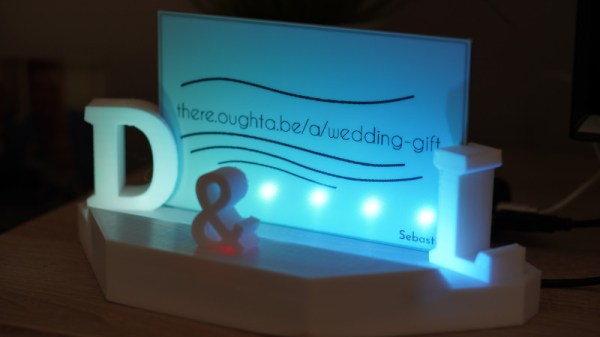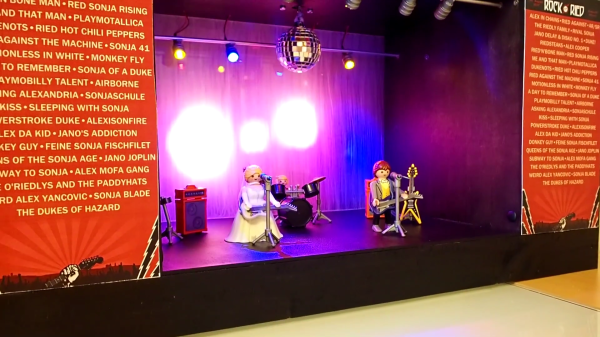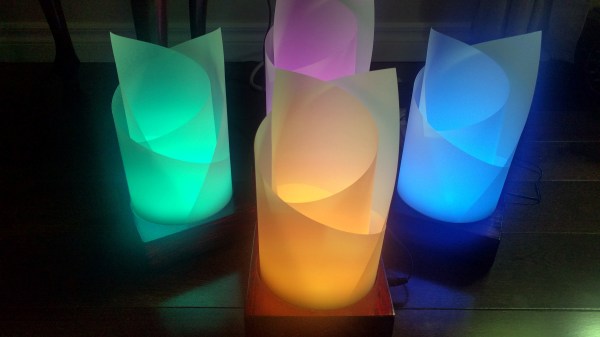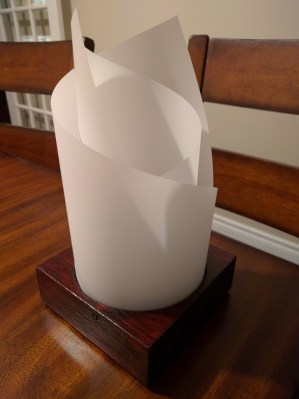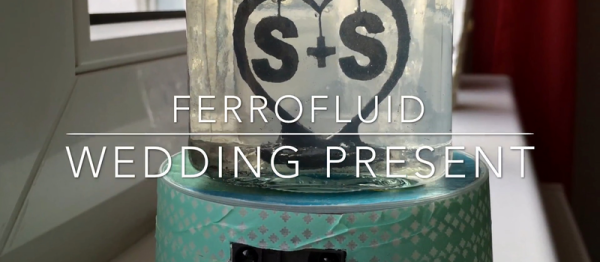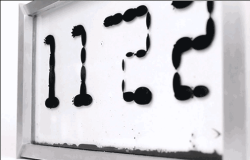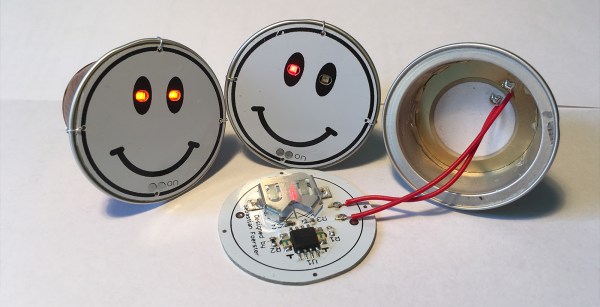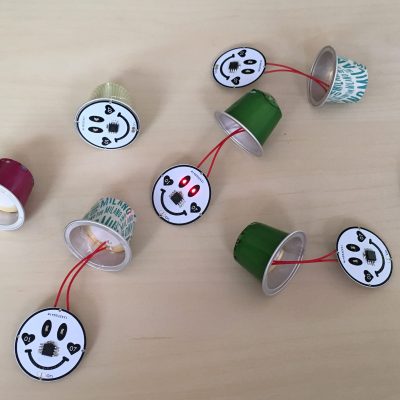With his brother’s wedding coming up, [Sebastian] needed a wedding gift. Rather than purchasing something, he elected to build a digital guestbook so guests could share their well-wishes with the happy couple.
The guestbook has a simple web-based interface, which was accessible over a domain name [Sebastian] registered with the couple’s names ahead of the event. There, users could enter text and draw a friendly message for the digital guestbook. The guestbook itself consists of an ESP32 running a e-ink display, packaged in a tidy 3D printed enclosure featuring the couple’s initials. It regularly queries the web server, and displays the messages it finds on the screen.
It’s a great use of an e-ink display, as it made reading the messages in bright daylight easy where other technologies may have faltered. [Sebastian] was also clever to install some LEDs for the night portion of the reception. We’ve featured a few wedding gifts on these pages before, including this particularly amusing sugar cube. Video after the break.
Continue reading “A Digital Guestbook Is A Perfect Hacker Wedding Gift”

